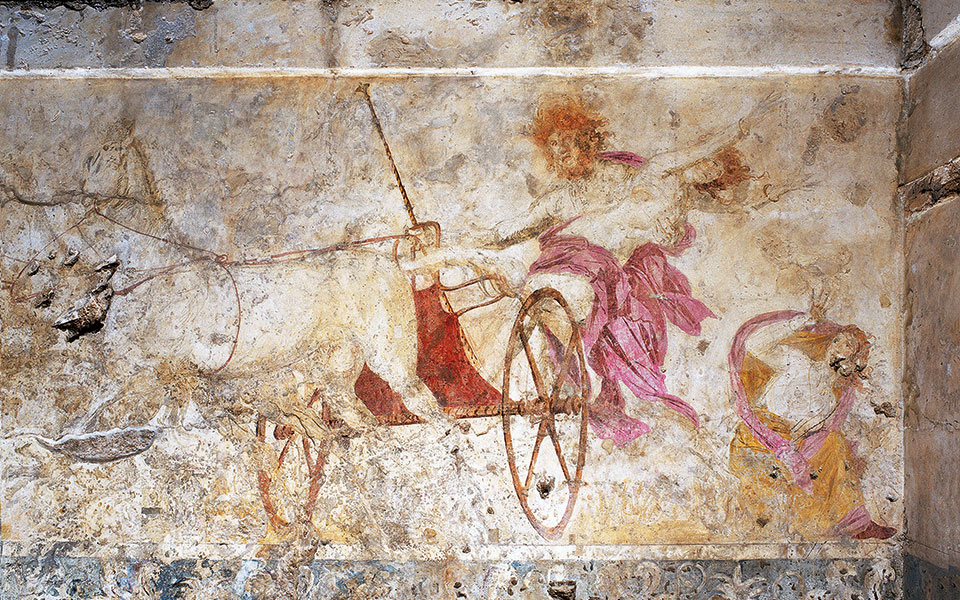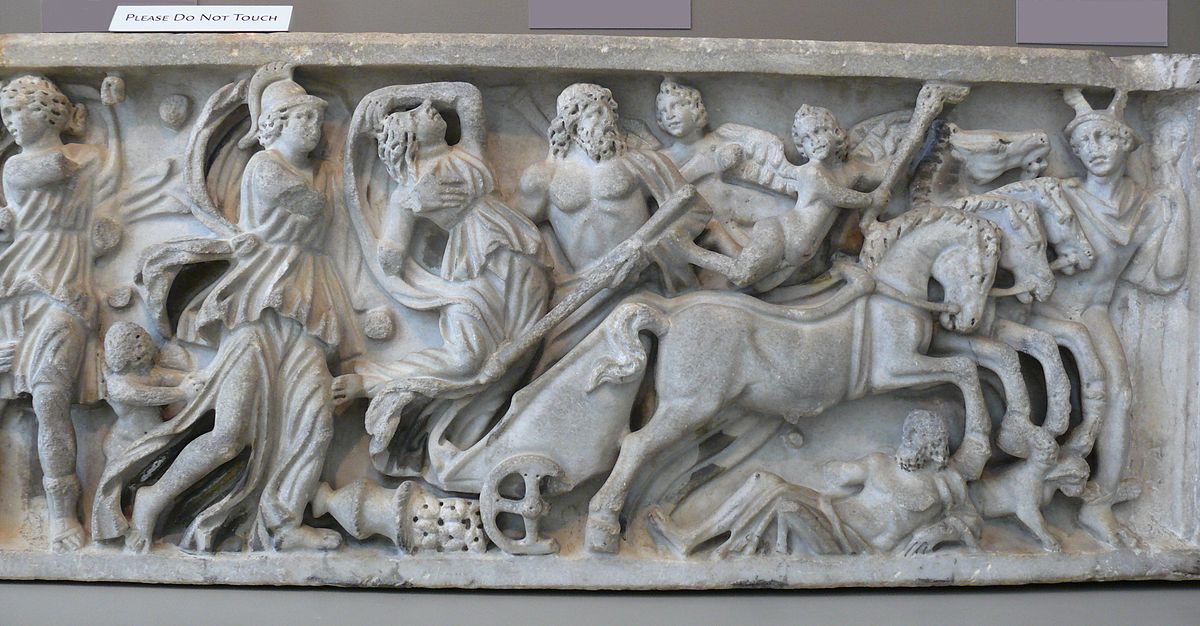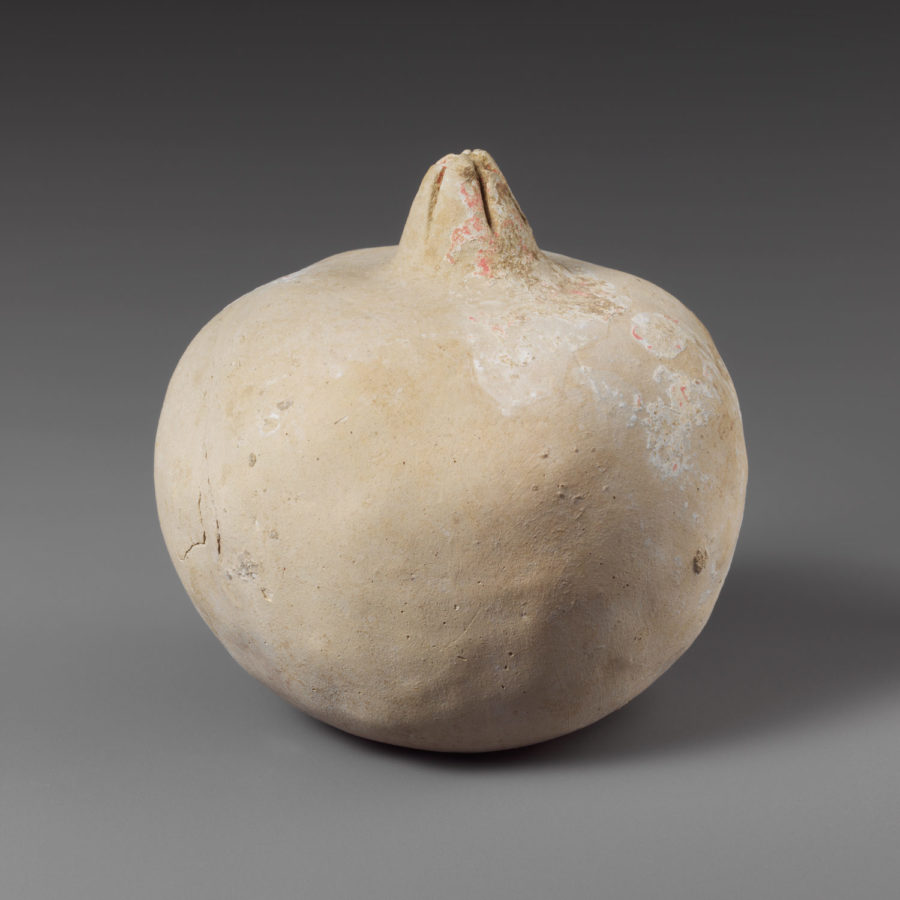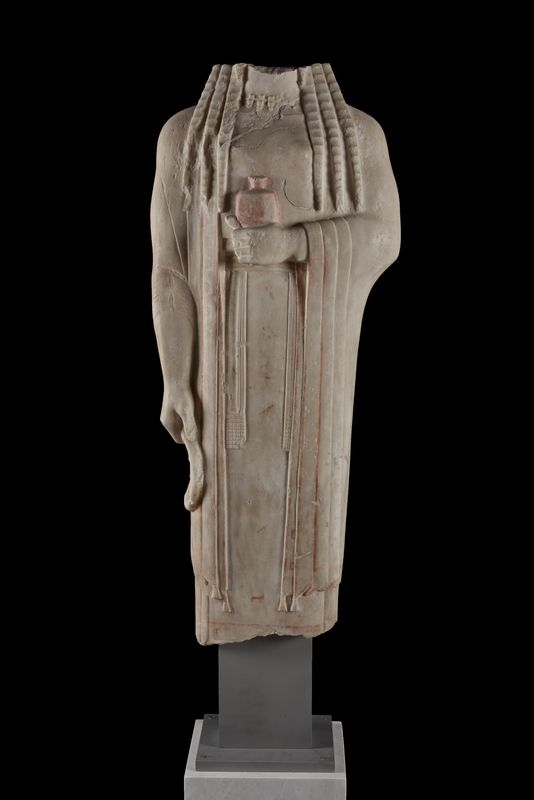Athena in Art: The Beautiful Warrior Goddess
Athena, the revered Greek goddess of wisdom, war and the arts, has captivated the imagination of artists for centuries. Her image, from ancient...
Jimena Aullet 15 August 2024
How has a simple, yet beautiful fruit, been the center of attention throughout history? The pomegranate is symbolic in many cultures and religions, not just art in Ancient Greece. But for the purpose of this post, the intersection of mythology and art in Ancient Greece takes the centre stage. So let’s learn the history of Persephone and the pomegranate.
In the Ancient Greek world, the pomegranate was symbolic of funerary rituals, beliefs, and death. The mythological story of Persephone and Hades highlights its importance in the art of Ancient Greece.
Persephone is a goddess queen of the underworld and wife of the god Hades. She is the daughter of Demeter and sometimes is referred to as Kore (the maiden) in her role as the goddess of Spring’s bounty. An interesting fact is that Persephone was adored not only by Hades but many other male deities of Ancient Greece, which is why her mother Demeter was so protective of the young girl, trying to hide her from those who could do her wrong.

Unfortunately, Demeter didn’t succeed in hiding her daughter and so, one day, when Persephone was picking flowers in the Vale of Nysa, she was kidnaped by Hades. The god of the Underworld had been in love with a young woman and decided to take Persephone to his kingdom to be his bride. Demeter, despaired at the girl’s disappearance, searched for her throughout the world accompanied by the goddess Hekate (Hecate) bearing torches. When she learned that Zeus had conspired in her daughter’s abduction she was furious and refused to let the earth fruit until Persephone was returned. Zeus consented, but because the girl had tasted the food of Hades – a handful of pomegranate seeds – she was forced to forever spend a part of the year with her husband in the underworld. Her annual return to the earth in spring was marked by the flowering of the meadows and the sudden growth of the new grain. Her return to the underworld in winter, conversely, saw the dying down of plants and the halting of growth, as Demeter mourns her daughter’s absence.

There seems to have always existed an intersection between mythology in art; this could not be more true than with the Ancient Greeks. They used mythology to understand their own lives in the best way they knew how: visually. There are a plethora of artworks in which we can view Ancient Greek mythology in regards to Persephone. In the above sarcophagus, the pomegranate does not take center stage; however, the artworks below show a focus on the fruit in Ancient Greece as it relates to the fruit itself and to Persephone as a kore or young maiden.



DailyArt Magazine needs your support. Every contribution, however big or small, is very valuable for our future. Thanks to it, we will be able to sustain and grow the Magazine. Thank you for your help!